Humankind has always been full of imagination when it comes to convenience in mobility, embracing technology and bold creativity. However, the Earth can no longer bear the carbon emissions resulting from various economic activities and modes of transportation.
How is green energy reshaping humanity's mobility needs and driving technological innovation? Will the future inevitably be dominated by electric vehicles?
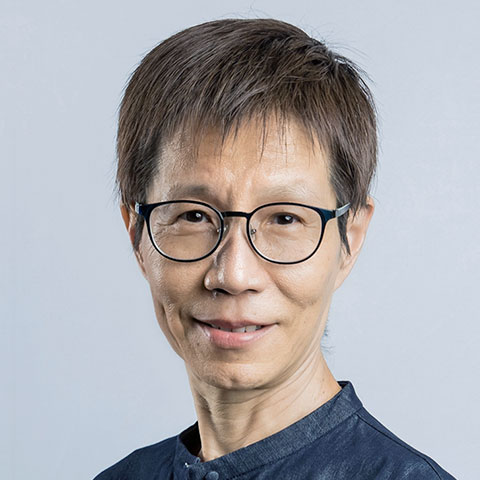
What kind of mobility tool would cars of 2030 be?
This question was posed in 2020 to 230 key figures in the global auto industry in a survey. They answered that cars would likely have three standard features: high-speed wireless internet, wireless charging and car-to-car communication.
This survey conducted by Molex, the American connectivity and electronics provider, outlines the key trends and technologies that will influence future automotive strategies and business decisions.
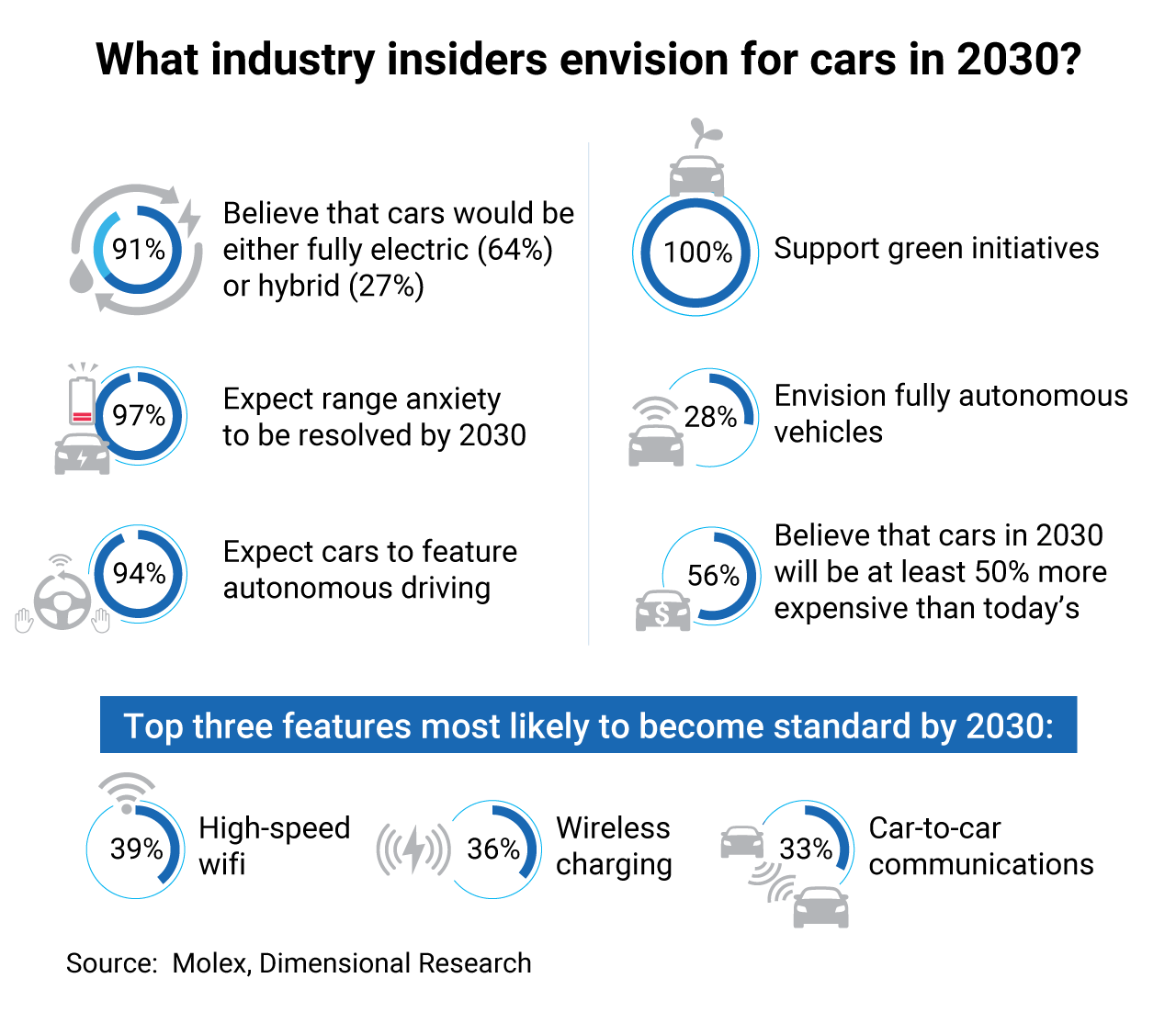
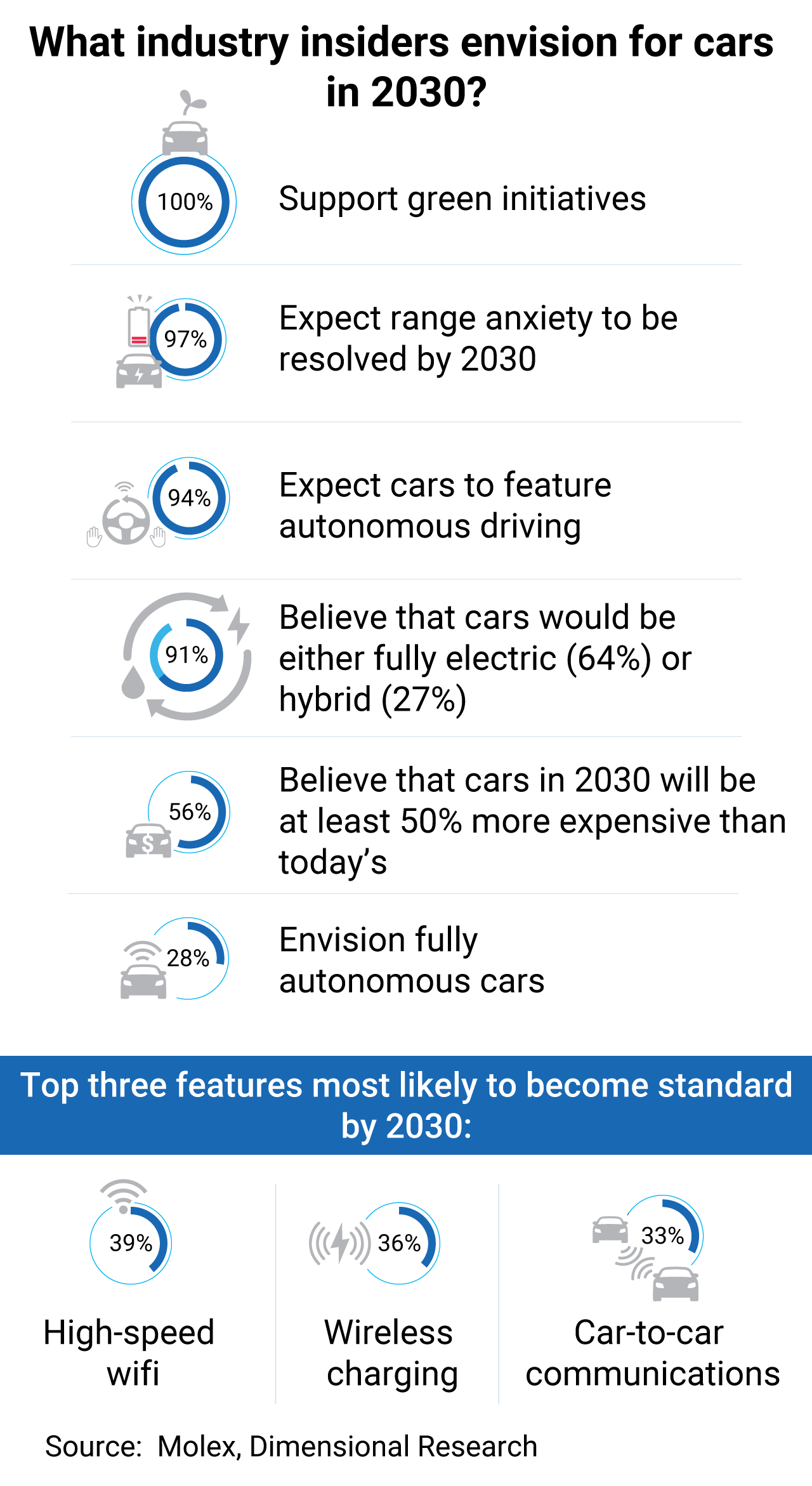
The automotive technologies envisioned by these major automakers for 2030 are already starting to emerge in 2025. Some of these visions have rapidly advanced in recent years, such as the various digital and intelligent technologies required for autonomous driving, fast-charging technology and the exploration of various new energy and eco-friendly vehicles.
Human mobility trends are undergoing a profound energy transition in response to the climate crisis and the need for sustainable energy. This transition, however, also brings new needs and challenges:
The development of relevant infrastructure and facilities, the strategic deployment of measures to achieve low-carbon targets and the deeper penetration of digitalisation across various sectors. It is necessary to find the right balance between development and decarbonisation to accommodate the objective conditions of different countries and markets, so as to gain the trust of businesses and the public and encourage them to participate in the energy transition.
Tan Min YihSenior Vice President, Shell Mobility Asia
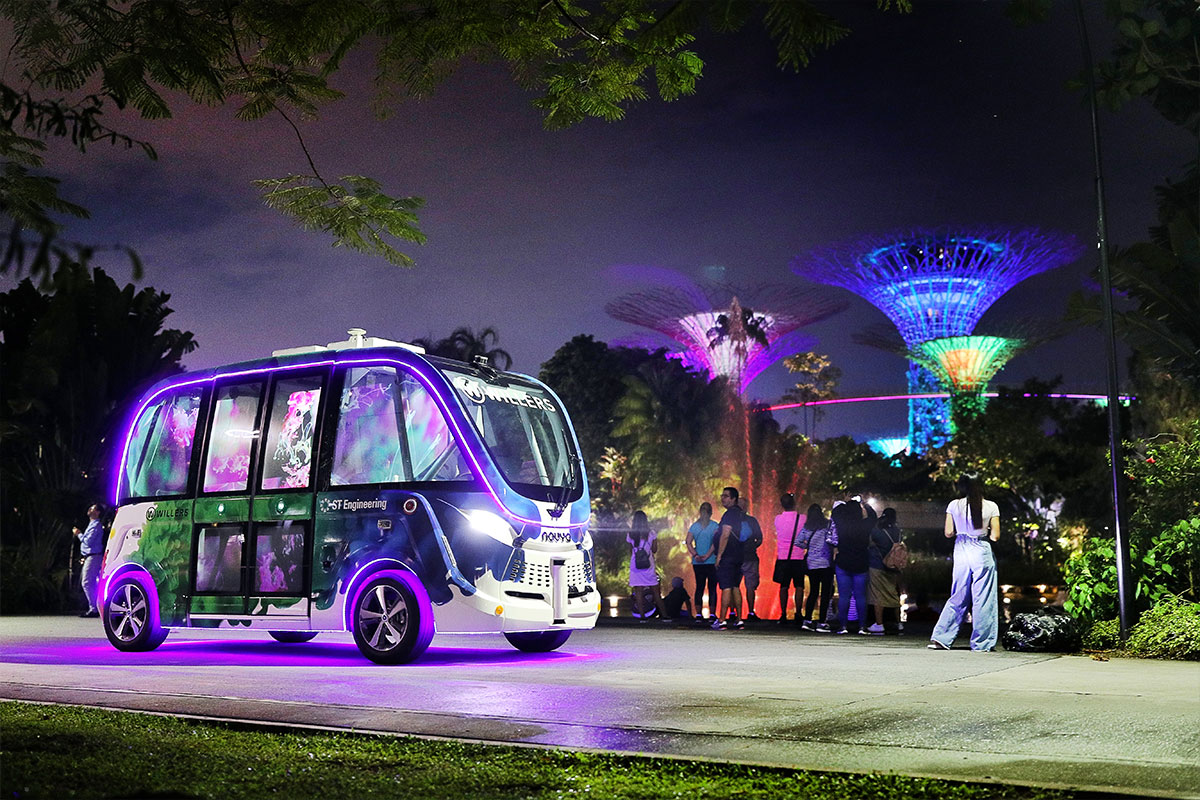
The Localisation Strategy
Experts in human mobility trends believe that the future of mobility will be smarter, more interconnected and greener. This includes autonomous driving technology being more sophisticated, with autonomous cars, drones and public transportation becoming a reality.
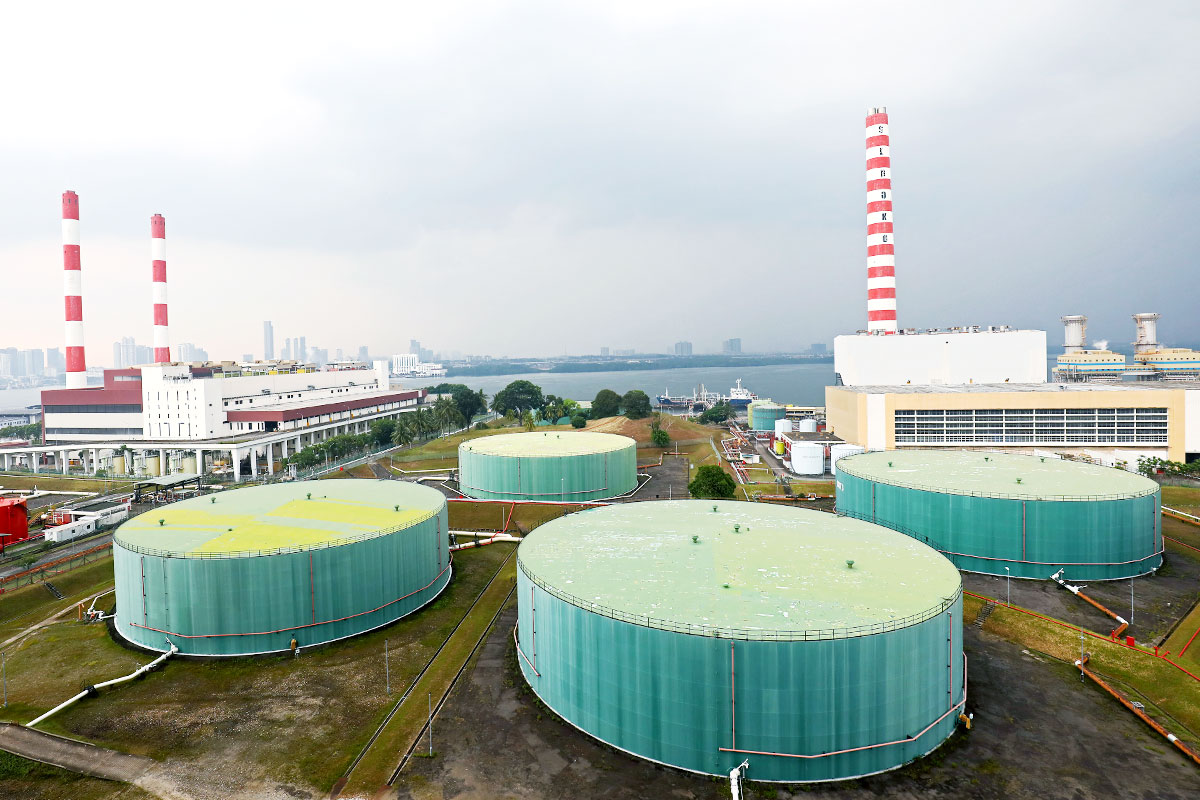
Tackling the Energy Trilemma
"When discussing energy issues, it's crucial to recognise the constant challenge of the Energy Trilemma: balancing energy security, energy affordability, and environmental sustainability,"said Tan Min Yih.
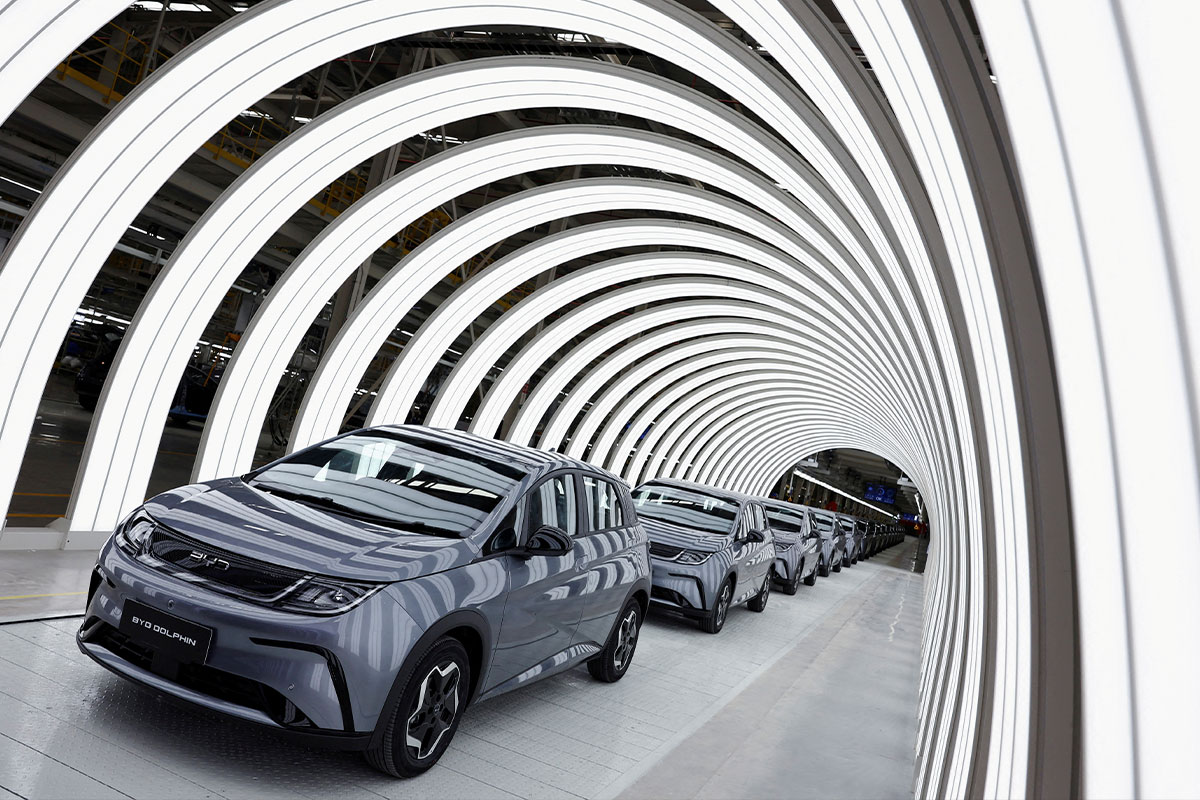
EVs Leading the Charge
Singapore aims to achieve the vision of 100% clean energy vehicles by 2040.
To achieve net-zero emissions, EVs are undoubtedly the current frontrunner in energy transition.
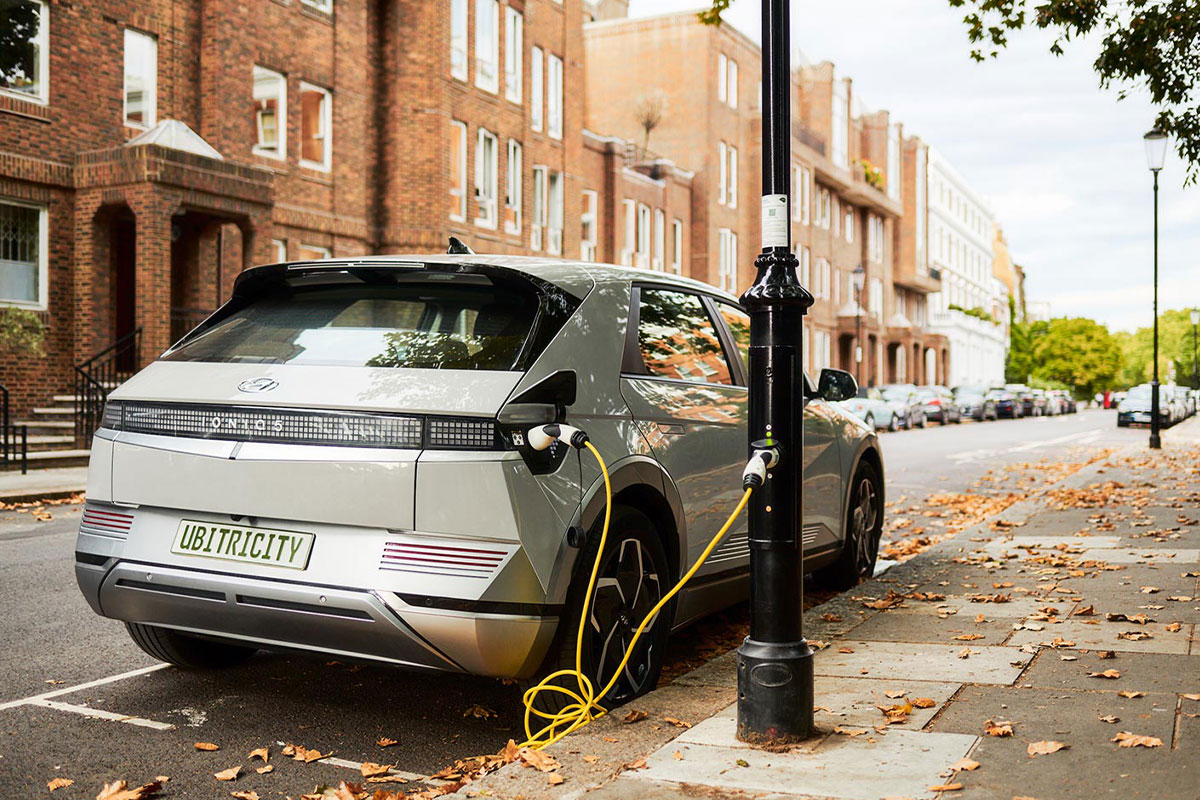
Lamppost Charging
However, the global adoption of EVs will not happen overnight; bottlenecks in battery technology, insufficient charging infrastructure and concerns about power supply reliability in some areas all pose challenges to the promotion of new energy vehicles.
Given the momentum of EVs, Tan predicts that batteries will also rapidly evolve, becoming smaller and longer-lasting. Charging will also become increasingly convenient, with more people able to charge their vehicles in public places.
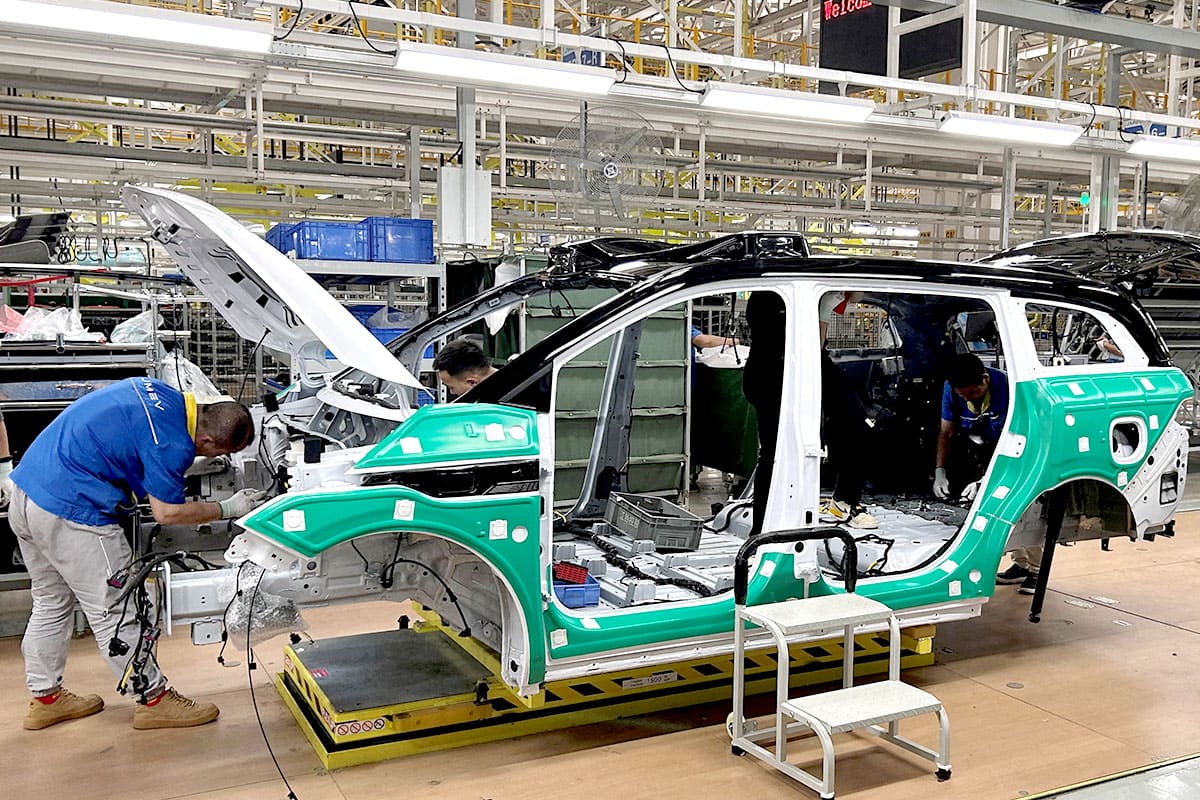
Beyond Geopolitics
Energy transition is for environmental protection, but this massive global undertaking has also become embroiled in intensifying geopolitical competition. In particular, competition is bound to intensify in EV technology, which contributes to reducing emissions from road transport, including the development of artificial intelligence (AI) within the sector.
The future of energy lies in the utilisation of renewable resources, mainly wind, solar, hydro and geothermal power. Energy and environmental experts agree that a concerted global effort to judiciously utilise these natural resources can help keep the planet green.


Tan is responsible for the growth of mobility business in the Asia region. Previously, he served as Shell’s senior vice president of Global Mobility Network, where he drove the expansion and resilience of global service stations and charging networks, including corporate acquisitions and the development of electric mobility infrastructure.
He added that the decarbonisation journey is definitely here to stay, and that the EV part of decarbonisation is also here to stay — it is just a matter of timing and readiness by different markets. The company undoubtedly needs to customise and localise its decarbonisation solutions.
He said that in Asia, apart from China, Singapore is also a leader in energy transition within the transport sector. In the markets that he leads, be it India, Singapore, Malaysia, the Philippines, Thailand, or even China, they are all at different paces.
What is important is that policies must be ready because when policies are ready, we will then be able to make technical changes … We can work with partners, who are also confident to focus their energies on decarbonisation, and then we will all come together and move forward together.
"Future 365" 2024 series